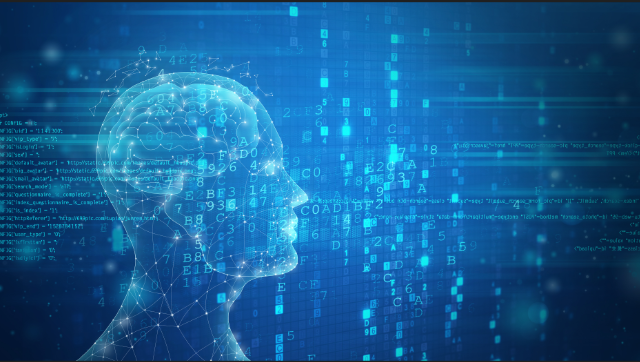

Facial recognition technology has come a long way in recent years, and its potential applications appear to be Endless. One area where this technology is having a major impact is in the development of smart cities. As urban populations continue to grow, city planners and officials are increasingly looking for innovative ways to make cities safer, more efficient, and more sustainable. Facial recognition plays a key role in helping achieve these goals and will shape the future of smart cities in several important ways.
First, facial recognition can greatly improve public safety. By integrating this technology into surveillance systems, law enforcement agencies can more easily identify and track individuals who may pose a threat to public safety. For example, facial recognition can be used to identify known criminals or individuals on watch lists, allowing law enforcement to take appropriate action before a crime occurs. Additionally, the technology can be used to locate missing persons or identify crime victims, helping families and loved ones gain closure.
In addition to its application in law enforcement, facial recognition can also play a vital role in improving the overall efficiency of urban services. For example, by integrating facial recognition into public transportation systems, cities can streamline the boarding process for buses, trains, and other forms of public transportation. This helps reduce waiting times and overcrowding, making public transport more attractive to commuters and ultimately reducing traffic congestion and private vehicle emissions.
Another area where facial recognition can contribute to the development of smart cities is in the field of access control. By integrating this technology into buildings and other secure areas, cities can more effectively control who has access to certain spaces, helping to prevent unauthorized entry and keep occupants and sensitive information safe. This is especially useful in government buildings, research facilities, and other high-security locations.
Facial recognition can also be used to improve the overall quality of life for city dwellers. For example, the technology could be integrated into smart home systems, allowing residents to control every aspect of their living environment using only their faces. This could include adjusting lighting and temperature settings, controlling entertainment systems, or even opening doors. By making these daily tasks more convenient and personalized, facial recognition can help create a more comfortable and enjoyable living experience for city dwellers.
Of course, the widespread adoption of facial recognition technology in smart cities also raises important issues such as privacy and data security. As more and more personal information is collected and stored, appropriate measures must be taken to protect this data from misuse or unauthorized access. City planners and technology providers must work together to develop strong security protocols and ensure that the benefits of facial recognition are not overshadowed by potential risks.
In summary, facial recognition technology has the potential to revolutionize the way we think about and interact with urban environments. By strengthening public safety, improving urban service efficiency, and improving residents' quality of life, facial recognition will surely play a central role in the development of smart cities around the world. As this technology continues to advance and become more widely adopted, we must carefully consider the implications for privacy and data security and work together to ensure that the benefits of facial recognition are achieved in a responsible and sustainable way.
The above is the detailed content of How Facial Recognition Shapes the Future of Smart Cities. For more information, please follow other related articles on the PHP Chinese website!




